When it comes to self-defense in the wilderness, one question often arises: Will a 9mm stop a bear? Many gun owners and outdoor enthusiasts carry a 9mm pistol for personal defense, but its effectiveness against large, aggressive animals like bears is highly debated.
In this article, we will explore bear attack behaviors, the stopping power of a 9mm, recommended ammunition, real-life cases, and alternative methods for bear defense.
Understanding Bear Attacks
Bears are among the most formidable predators in North America, and while most people think of them as a single species, the reality is that different bears have distinct behaviors, strengths, and risks associated with them.
Types Of Bears
The two most common types encountered in the wild are black bears (Ursus americanus) and grizzly bears (Ursus arctos horribilis).
- Black Bears: Generally smaller in size, black bears weigh between 150-600 pounds, with males being larger than females. They have shorter claws and a more agile build, allowing them to climb trees easily. Black bears are more timid and tend to avoid human interactions whenever possible. However, if they feel threatened, such as being surprised at close range, cornered, or protecting their cubs, they may attack. In most cases, black bears bluff-charge or retreat rather than fight, but there have been instances of predatory attacks.
- Grizzly Bears: These bears are significantly larger, with males weighing up to 1,500 pounds. Grizzlies have a muscular build, longer claws, and a pronounced shoulder hump. Unlike black bears, grizzlies are more aggressive and territorial. They tend to stand their ground rather than flee when encountering humans. A grizzly’s powerful bite (capable of crushing bone) and large claws make it extremely dangerous in close encounters. Their aggression increases when protecting cubs or food sources.
Understanding these differences is crucial when considering self-defense strategies against bear attacks, as the response to a black bear encounter versus a grizzly bear attack should be different.
Why Do Bears Attack Humans?
Bears generally avoid humans, but certain situations can provoke attacks. Bear attacks can be classified into two main types:
- Defensive Attacks
These occur when a bear feels threatened or provoked. The most common reasons for defensive bear attacks include:
- A mother protecting her cubs (one of the leading causes of grizzly bear attacks).
- A bear feeling cornered or surprised, particularly in dense vegetation where visibility is limited.
- A bear defending a food source, such as a fresh kill or garbage pile.
- A bear reacting to perceived aggression, such as direct eye contact or sudden movements.
Defensive attacks often involve bluff charges, where a bear runs toward a person but stops short. However, if the bear feels further provoked, it may attack with full force.
- Predatory Attacks
These are rare but far more dangerous. Unlike defensive attacks, where the bear is trying to neutralize a perceived threat, a predatory attack means the bear sees the human as food. Predatory attacks are more common with black bears than grizzlies, though grizzlies have also been known to stalk and kill humans in extreme cases. Signs of a predatory attack include:
- The bear approached quietly and persistently.
- The bear showed no signs of stress (such as huffing, jaw-popping, or bluff charging).
- The bear continues to follow even after attempts to scare it away.
Predatory attacks often occur in remote areas where bears have little fear of humans. Unlike defensive attacks, fighting back aggressively is the best survival strategy in a predatory encounter.
Bear Attack Statistics in the U.S.
While bear attacks are terrifying, they are relatively rare. According to reports, there is an average of 40 bear attacks on humans in North America each year. However, fatal bear attacks are even less common, with around 1-3 deaths per year. The vast majority of these fatalities involve grizzly bears, as they are more aggressive and powerful than black bears.
A study conducted by the U.S. National Park Service found that:
- Grizzly bears account for over 80% of fatal bear attacks in North America.
- Black bear attacks are more common but less likely to be fatal(black bears are more likely to flee than fight).
- Alaska, Montana, and Wyoming are the states with the highest number of grizzly bear attacks.
- Human – bear conflicts are increasing due to habitat loss and more people venturing into bear territory.
Can a 9mm Stop a Bear?
While this caliber is popular for personal protection against human threats, its effectiveness against large, powerful animals like bears raises important questions. We need to consider factors such as ammunition penetration, stopping power, and vital shot placement to make informed choices about bear defense.
Penetration and Stopping Power
To assess whether a 9mm can stop a bear, we must examine its ballistics:
Velocity: Typically between 1,000-1,300 feet per second (fps). While 9mm rounds travel quickly, velocity alone doesn’t guarantee stopping power. Bears have dense muscle, thick bone, and layers of fat, which can slow or deflect lighter bullets.
Energy: A standard 9mm round delivers about 350-500 foot-pounds (ft-lbs) of energy. It delivers roughly half the energy recommended by wildlife experts (1,000+ ft-lbs). The 9mm’s energy deficit means it’s less likely to penetrate deeply enough to disrupt vital organs or the central nervous system.
Penetration: Hollow points penetrate 12-18 inches in ballistic gel, while effective against humans, they risk under-penetrating a bear’s torso. Full metal jacket (FMJ) rounds penetrate deeper, typically around 18 – 24 inches. Hardcast Lead – heavy, non-expanding projectiles retain momentum and offer 20+ inches of penetration, which is closer to the 24 to 36 inches needed to reach a bear’s vital organs.
Wildlife experts suggest that for reliable bear defense, a bullet should have at least 1,000 ft-lbs of energy. A 9mm falls significantly short of this threshold.
Ammunition Recommendations
Stopping a bear with a 9mm would likely require multiple well-placed shots. Even with ideal placement, a bear may continue charging for several seconds before succumbing to injuries.
While 9mm is not ideal for bear defense, some rounds are better than others:
- Buffalo Bore 147gr Hardcast: Designed for deep penetration, this +P load achieves 1,150 fps and 413 ft-lbs, outperforming standard rounds.
- Underwood Ammo 147gr Hard Cast: Similar performance, with a flat-nose design to slice through tissue.
- Federal HST 147gr +P: A bonded hollow point that balances expansion and penetration (16–18 inches).
Bear Shot Placement
When shooting a bear, there are a few critical areas to target:
- Brain: A direct shot to the brain is the fastest way to stop a bear, but it is difficult due to the skull’s thickness.
- Spine: A shot to the spine can immobilize the bear.
- Vital Organs (Heart/Lungs): A shot here will eventually stop a bear, but not immediately.
Safety Tips: It is better to fire multiple rounds in quick succession. A study found that 70% of bear attacks stopped by handguns required 2–4 hits.
9mm vs. Other Calibers For Bear Defense
More powerful handgun calibers are preferred for bear defense. Here’s how they compare:
| Caliber | Velocity (fps) | Energy (ft-lbs) | Penetration | Suitability for Bear Defense |
| 9mm | 1,200 | 350-500 | Moderate | Poor |
| .40 S&W | 1,200 | 450-600 | Moderate | Moderate |
| .45 ACP | 950 | 400-600 | Moderate | Moderate |
| 10mm Auto | 1,300 | 600-800 | High | Good |
| .44 Magnum | 1,400 | 900-1,200 | Very High | Excellent |
| .357 Magnum | 1,400 | 800-1,100 | High | Good |
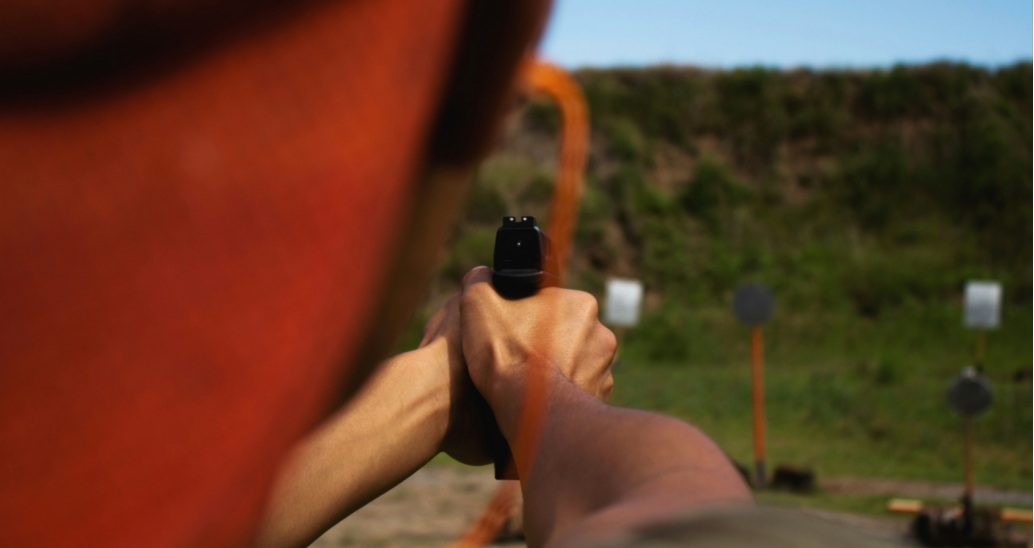
Real-Life Cases and Limitations
Have People Used a 9mm to Stop a Bear?
There have been a few rare instances where a 9mm handgun successfully stopped a bear attack, but these cases are the exception rather than the rule.
In 2018, an Alaskan man reportedly used a 9mm pistol to stop a charging black bear. He fired multiple rounds, ultimately neutralizing the bear. However, it took several well-placed shots to bring the bear down, highlighting the limited stopping power of a 9mm against large animals.
While this case demonstrates that a 9mm can be effective in certain scenarios, there are also many documented instances where a 9mm failed to stop a bear in time, leading to serious injuries or fatalities.
Grizzly bears, in particular, are far more resilient due to their thicker skulls, denser muscle mass, and sheer size. Many experts caution against relying on a 9mm for bear defense, as it lacks the penetration and stopping power necessary to halt a charging bear quickly.
Ultimately, while a 9mm is better than nothing, it is not the most reliable choice for bear defense, and those venturing into bear country should consider more powerful alternatives, such as bear spray or large-caliber firearms.
Risks of Using a 9mm for Bear Defense
- Insufficient penetration: A 9mm round may not reach vital organs.
- Failure to stop the bear immediately: Bears can still attack after being shot multiple times.
- Limited magazine capacity: Compared to more powerful revolvers or rifles.
Alternative Methods for Bear Defense
While firearms are a common bear defense tool, they are not the only option. In fact, in many situations, non-lethal methods can be more effective and safer for both humans and bears. Here are some of the best alternative methods for bear defense:
Bear Spray
Bear spray is widely regarded as the most effective non-lethal bear deterrent. It is a highly concentrated pepper spray designed to create a cloud that irritates a bear’s eyes, nose, and respiratory system, forcing it to retreat.
Effectiveness: Studies have shown that bear spray is 92% effective in stopping bear attacks, compared to firearms, which are only 67% effective in real-world encounters.
Pros:
- Non-lethal, meaning it doesn’t escalate the situation.
- Easy to use and doesn’t require perfect aim or shot placement.
- Works at a safe distance, typically 20-40 feet.
- Legal in more areas than firearms.
Cons:
- It can be affected by wind, making it less effective in strong gusts.
- Has a limited range and must be deployed correctly to be effective.
Bear spray is particularly useful in defensive encounters, where the goal is to stop the bear without harming it. It is recommended as a first line of defense for hikers, campers, and outdoor enthusiasts.
Large-Caliber Firearms
While handguns like a 9mm may not be sufficient, larger-caliber firearms are much more effective for stopping a charging bear.
- Shotguns: A 12-gauge shotgun with slugs is considered one of the most effective bear defense weapons. Slugs deliver deep penetration and massive stopping power, capable of breaking bones and stopping a bear mid-charge.
- Revolvers: A .44 Magnum, .454 Casull, or .500 S&W Magnum is a proven bear stopper. These revolvers are powerful, reliable, and capable of delivering enough energy to stop a large bear.
- Rifles: While not always practical to carry, a .45-70 Government or .375 H&H Magnum rifle is often used by hunters and guides for bear protection.
If choosing a firearm for bear defense, practice and shot placement are crucial. Even a powerful weapon is useless if you cannot draw and fire accurately under stress.
Avoidance and Precaution
The best way to survive a bear attack is to avoid one entirely. Taking preventative measures significantly reduces the risk of encountering an aggressive bear.
- Make Noise: Talking, clapping, or wearing bells while hiking alerts bears to your presence, preventing surprise encounters.
- Proper Food Storage: Store food in bear-proof containers or hang it at least 10-15 feet high and 4 feet away from trees to avoid attracting bears to campsites.
- Travel in Groups: Studies show that bears are less likely to attack larger groups as they perceive them as a greater threat. Solo hikers and campers face a higher risk of bear encounters.
- Be Aware of Your Surroundings: Watch for bear signs like tracks, scat, or claw marks on trees. If you see a bear, do not run—back away slowly and avoid direct eye contact.
Conclusion
So, will a 9mm stop a bear? The short answer is: unlikely, but not impossible. While a well-placed 9mm shot might deter a black bear, it is significantly underpowered for large grizzlies.
A more powerful caliber like 10mm Auto, .44 Magnum, or a shotgun is recommended for serious bear defense. Additionally, bear spray is even more effective than firearms in many cases.
If venturing into bear country, always carry proper protection, whether in the form of a high-powered firearm or bear spray, and take precautions to avoid confrontations altogether.
Learn more:
- Bear Hunting Tips: How to Hunt Bear?
- Bear Hunting In Minnesota
- What Are the Best Baits for Bear?
- How Fast Can a Black Bear Run?


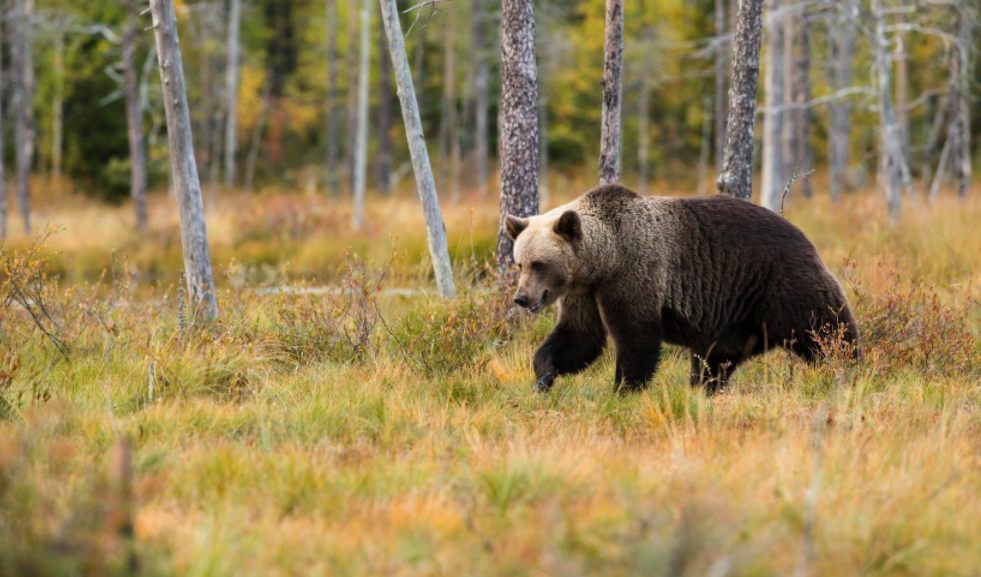
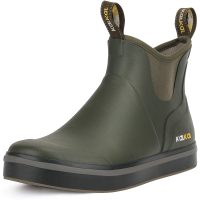

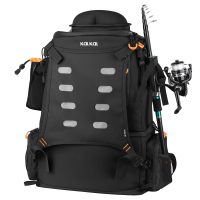
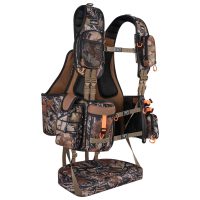
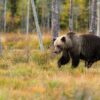




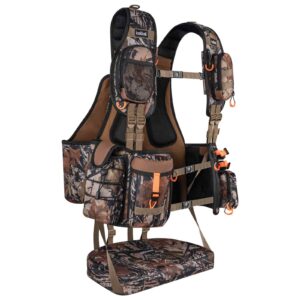

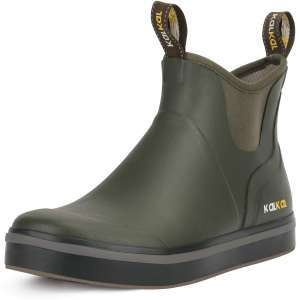
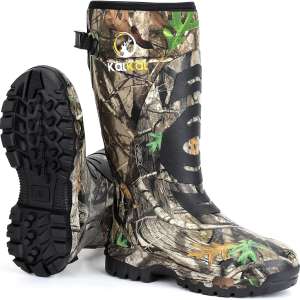
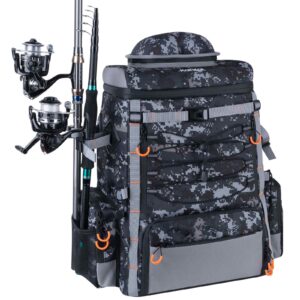



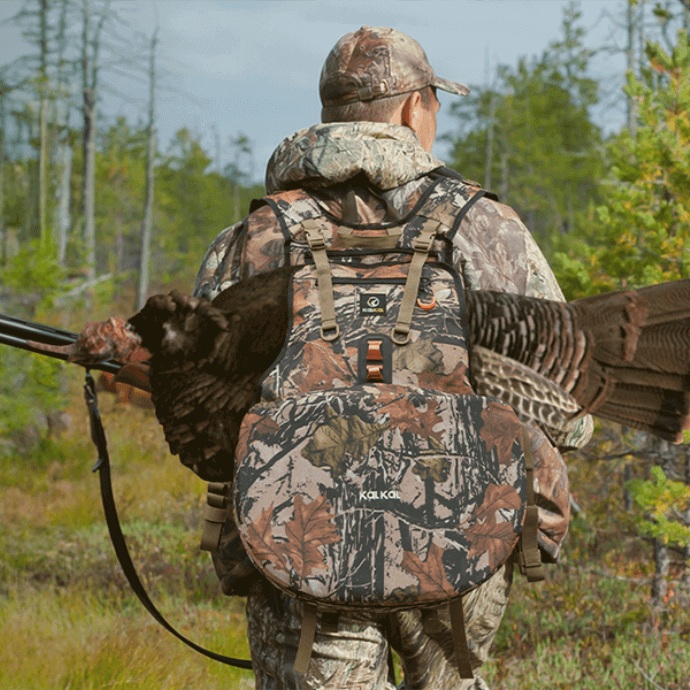
Leave a reply